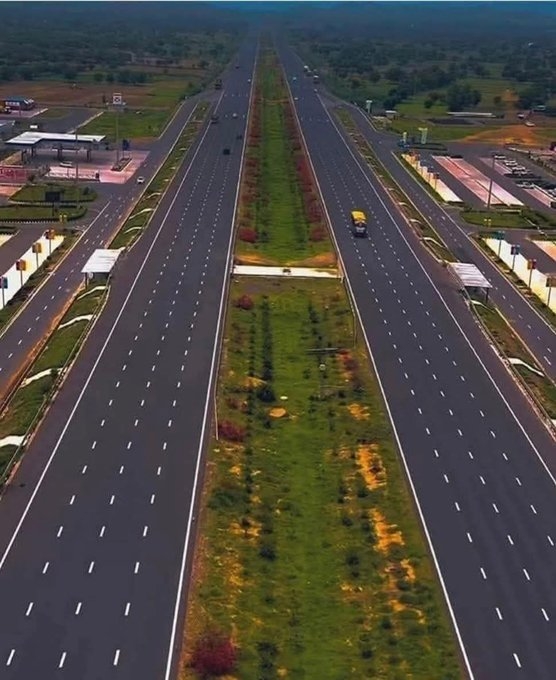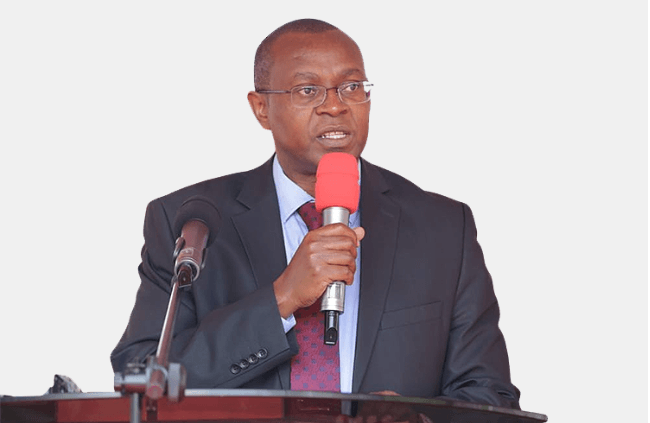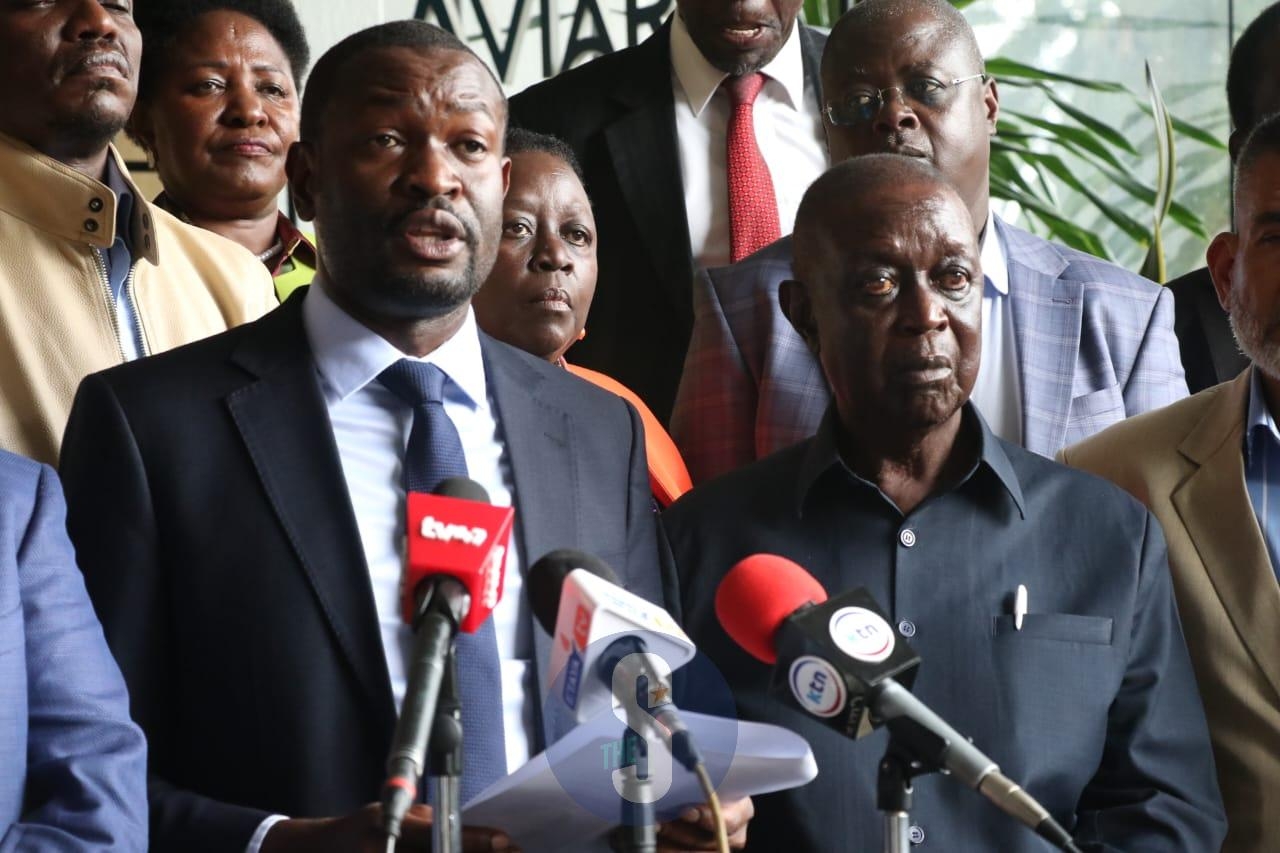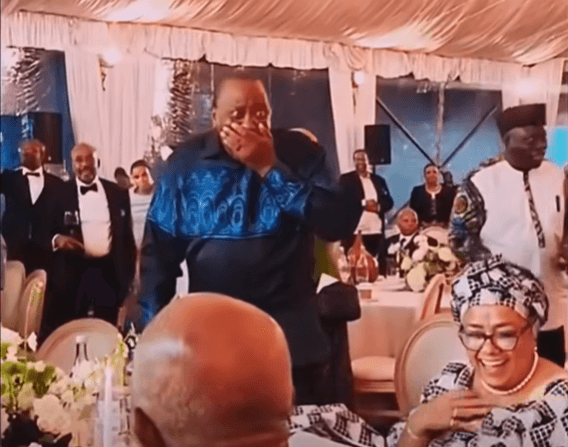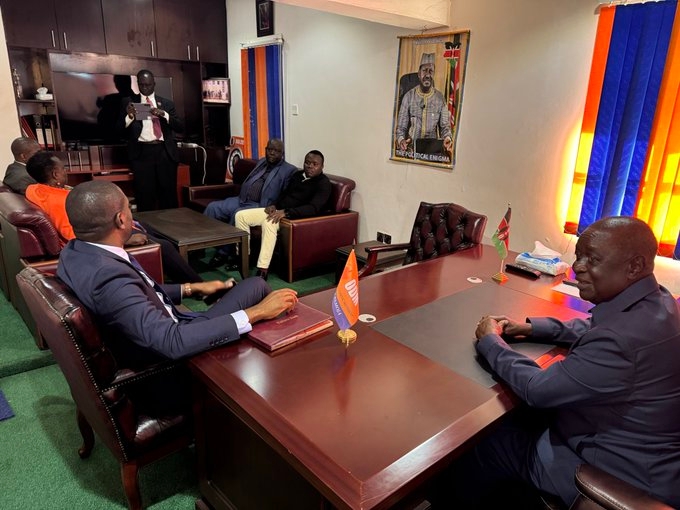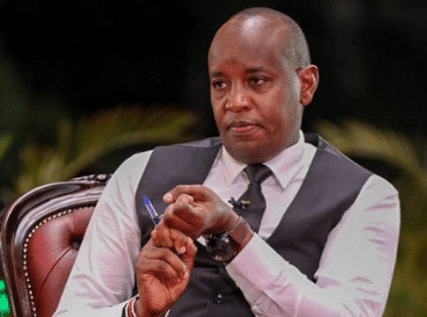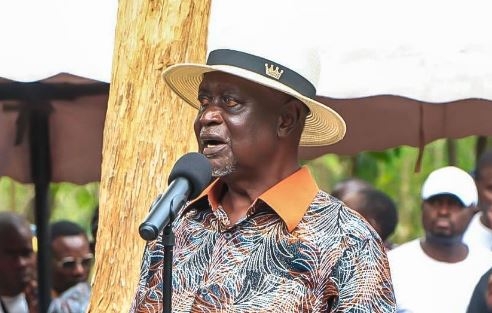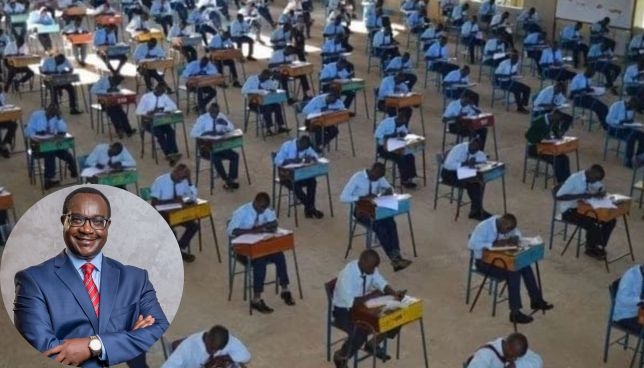May seems to be the month of celebrating heritage. May 5 marked the African Heritage Day and May 18 marked the International Museums Day. On this day, every year, we should all ideally come together to stand as one, preserve our treasures — from work done to that still awaiting to be recognised.
From ancient works to contemporary designs; these wonderful treasures should inform, educate, communicate, enlighten and in strengthen our institutions in the spirit of state building
State building, according to Francis Fukuyama, an American political scientist, international relations scholar and writer, involves the construction or strengthening of legitimate governmental institutions. Put another way, state building is said to be the creation of new government institutions and the strengthening of existing ones.
One of the institutions that require strengthening is the Nairobi National Museum, under the National Museums of Kenya — a place is highly visited by tourists, both local and international.
A good number of visitors from upcountry make a point to visit NMK whenever they visit the city. The museum also makes a good venue for an easy weekend visit by families living in Nairobi. In fact, I make a point of taking my sons to the museum at least once every year as there is always something new, be it a new perspective in what they have already seen or a new exhibition.
Itineraries for international visitors to Nairobi, both business and tourists on leisure, never miss a visit to the Nairobi museum, or the Karen Blixen Museum. A quick review on trip-adviser, a platform for sharing travel experiences, shows most international tourists — save for a few cases — are satisfied with their visit experience to these museums.
Almost every time I pass by Museum Hill road, I never miss to see a yellow school bus or buses at the museum, an indication that a primary school is visiting either from within Nairobi or upcountry. It is almost like a rite of passage for primary school children. Most, if not all international primary and high schools, make a point of taking their students to the facility.
The guides at the museum, always do a marvellous job, taking students and their teachers through galleries, lots of cool exhibitions — from animals to history of culture and education and everything else in between.
There are some great displays and lots to see and read about for those that want to go through the museum alone without the help of a guide. After such a thrilling experience, within a short time, it is very easy for the students to forget all this information. But there is always one or two from the group who are lovers of arts and heritage, who will suggest another visit to the museum through their parents.
So how do we make students develop an interest in our rich culture and heritage?
I am just wondering if the government, through the ministries of Education and Sports, Culture and Heritage, can encourage institutions to set up culture and heritage clubs, or what can be called a ‘Museums club’.
How exciting it would be to these children visiting the museum to extend the wealth of information and fascination from their visit, by them having well coordinated museum clubs in their schools. The Nairobi museum has an education department which can ideally coordinate this in partnership with interested institutions.
The museum club would equally bring together students who share a common interest in art, material culture and museums.
Club members would also serve as a bridge between the student body and the museum by promoting awareness of the museums collections and resources, and even the interesting events always organised by NMK.
The activities of the proposed museum clubs in the quest for edu-culture don’t just have to be local-based. Many foreign missions in the country have active cultural diplomacy departments, which promote their respective cultures. They can liaise and create collaborations with these embassies and, if possible, with Unesco which will expand the knowledge and imagination of our children far and beyond.
Part-time lecturer and a communications researcher


